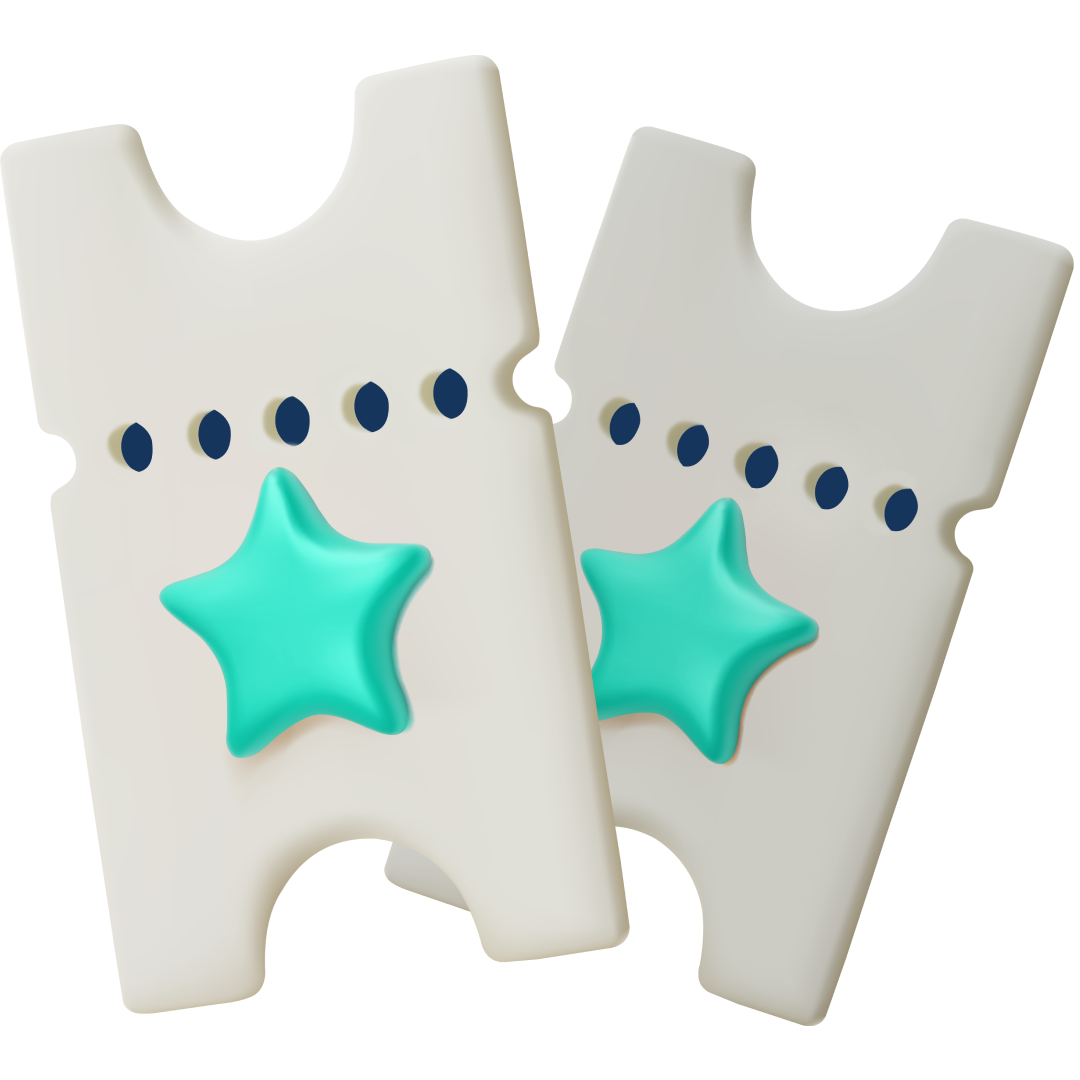A monumental glass skeleton sculpture has made its debut at Prague's Máj Národní department store hanging above Hell Bar on the fourth floor of the building. Standing at nearly five meters tall, the installation is touted as the largest of its kind in the world, and a testament to the craftsmanship of Czech glassmakers.
Weighing 500 kilograms, the skeleton is composed of 37 individual parts, each intricately hand-ground and polished to highlight the pale blue tint of the glass. The entire project, from initial design to final installation, took over ten months to complete at the studio of glassmaker Zdeněk Lhotský in Železný Brod.
An intricate creation process
The production process for the sculpture blended traditional techniques and cutting-edge technology. The designers began by creating a 3D digital model of a human skeleton, which was then used to 3D print the 37 components.

From these prints, wax models and sand molds were created, into which molten glass was poured. Some parts, including the skull, spent months in the kiln to achieve the perfect shape and clarity, a process that required great precision and patience.
"Creating this sculpture was a highly time-consuming task, especially with the cooling of the glass and the need for precision when crafting the wax models and preparing the molds," said Lhotský. "The skull alone spent almost two months in the kiln."
This piece is part of a wider tradition in Czech glassmaking, a field renowned for its use of glass to create large-scale art. The method of casting glass into molds, used for this sculpture, dates back to ancient civilizations such as the Egyptians and Persians.
Though long dormant, the technique was revived in the 1950s by Czech artists Stanislav Libenský and Jaroslava Brychtová, who revolutionized the medium with their enormous glass sculptures. Now, Czech glassmaking is celebrated worldwide, and has been featured in films such as Glass Onion and Barbie.
Revitalizing a cultural landmark
While the glass skeleton installation is a striking piece of art, it isn't the only the point of cultural interest at Máj Národní. The department store itself also underwent a complete transformation before its long-anticipated reopening in June 2024.
The building, originally constructed between 1972 and 1975, is a prime example of the high-tech architectural style, incorporating elements like exposed pipes and escalators in a glass-enclosed atrium. In 2007, the building was designated a national heritage site due to its architectural significance.
Beyond the glass skeleton, the Máj shopping center is also home to other notable artworks. On the building’s facade, two massive sculptures of butterflies with fuselages resembling WWII-era Spitfire planes have caused a stir among locals and art critics.
Created by Czech artist David Černý, the butterflies pay tribute to Czechoslovak pilots who fought in the RAF during World War II.
The skeleton and butterflies are part of a larger effort to reimagine Máj Národní, now branded House of Fun Prague, as a hub for culture, entertainment, and shopping. The commercial spaces on the lower floors house various shops, cafes, and a food court, while the upper levels are dedicated to interactive exhibits and experiences.












 Reading time: 2 minutes
Reading time: 2 minutes 





























